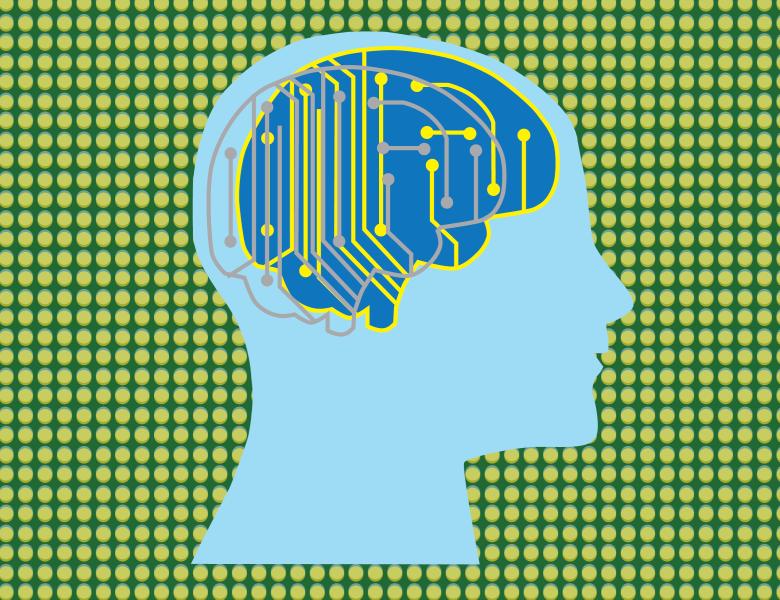
Abstract
The cerebellum contains over half the neurons in the brain (the granule cells), as well as neurons with the largest number of modifiable synapses (the Purkinje cells). More than a century ago Santiago Ramon y Cajal mapped its circuits and left us with the puzzle of interpreting its function and operation. 70 years later David Marr (1969) and James Albus (1972) interpreted it as a neural associative memory. I will discuss this interpretation and its fit into a theory of computing with high-dimensional vectors. It turns out that computing with vectors resembles computing with numbers. Both need a large memory, to provide ready access to a lifetime's worth of information. I will also discuss the need to understand the cerebellum's connections to the rest of the nervous system in light of the theory of computing with vectors.


